Welcome to the world of homeownership! As a first-time homeowner, there are many decisions to make when it comes to designing and furnishing your new space. One of the most important features of any kitchen is the sink. It's where you'll spend a significant amount of time washing dishes, prepping food, and even filling up your water bottle on the go. But with so many options on the market, it can be overwhelming to choose the right kitchen sink for your first home. Don't worry, we've got you covered! In this guide, we'll discuss everything you need to know about selecting and installing your first kitchen sink.My First Kitchen Sink: A Guide for Beginners
The first step in choosing the perfect kitchen sink for your first home is to consider your lifestyle and needs. Are you someone who cooks frequently and needs a large sink for prep and clean-up? Or do you have limited counter space and need a smaller, space-saving option? Take a moment to think about your daily habits and how your sink will fit into your routine. Next, you'll want to consider the different materials available for kitchen sinks. The most common options include stainless steel, porcelain, and composite granite. Each material has its pros and cons, so it's essential to do your research and determine which one best fits your needs and budget. Another important factor to keep in mind is the sink's configuration. Do you want a single basin or a double basin? A single basin offers more space for large dishes, while a double basin allows you to multitask and separate dirty and clean dishes. You can also choose from undermount, top mount, or farmhouse sinks, depending on your style and preference.How to Choose the Right Kitchen Sink for Your First Home
Now that you have an idea of what to look for in a kitchen sink, here are ten essential features to consider when making your final decision: 1. Size and Depth: The size and depth of your sink are crucial for both functionality and style. Consider the size of your kitchen and the amount of counter space available. 2. Durability: Your kitchen sink will be used daily, so it's essential to choose one that is durable and can withstand regular wear and tear. 3. Easy to Clean: No one wants to spend hours scrubbing their kitchen sink. Look for options that have a smooth and non-porous surface for easy cleaning. 4. Noise Reduction: If you're someone who is easily bothered by noise, consider investing in a sink with sound dampening technology to reduce noise while washing dishes. 5. Faucet Compatibility: Make sure the sink you choose is compatible with the type of faucet you want to install. Some sinks have pre-drilled holes for specific faucet types. 6. Number of Basins: As mentioned earlier, consider whether you want a single or double basin sink based on your lifestyle and needs. 7. Drain Placement: The location of the drain can make a significant difference in how you use your sink. Make sure it's in a convenient spot for your daily tasks. 8. Installation: Some sinks are easier to install than others, so if you're planning to install it yourself, be sure to choose one that is user-friendly. 9. Accessories: Many sinks come with additional accessories like cutting boards, colanders, and drying racks. Consider if these accessories would be useful for your daily tasks. 10. Budget: Last but not least, set a budget and stick to it. With so many options available, it's easy to get carried away and overspend on a kitchen sink.10 Must-Have Features for Your First Kitchen Sink
As mentioned earlier, double basin sinks offer the convenience of multitasking and separating dirty and clean dishes. But there are other benefits to consider as well. For example, if you have limited counter space, you can use one basin for soaking and washing dishes while using the other for food prep. Double basin sinks also come in handy for households with multiple family members, allowing for more than one person to use the sink at a time.The Benefits of a Double Basin Sink for Your First Kitchen
If you're on a tight budget, don't worry! There are plenty of budget-friendly options for your first kitchen sink. Here are our top five picks: 1. Kraus KHU100-30 Kitchen Sink: This stainless steel sink offers a sleek and modern design at an affordable price. 2. Ruvati RVH8000 Drop-In Kitchen Sink: This top-mount sink is made from 16-gauge stainless steel, making it durable and long-lasting. 3. Lordear SS2318R2 Kitchen Sink: This undermount sink is made from 18-gauge stainless steel and comes with a soundproof coating for quiet use. 4. Elkay Quartz Classic ELGU2522 Kitchen Sink: Made from composite granite, this sink is heat, scratch, and stain-resistant, making it a durable and low-maintenance option. 5. Kraus KHF200-30 Kitchen Sink: If you're looking for a farmhouse sink, this option from Kraus combines style and quality at an affordable price.Top 5 Budget-Friendly Kitchen Sinks for First-Time Homeowners
Installing a kitchen sink may seem intimidating, but with the right tools and instructions, it can be a straightforward process. Here's a general guide on how to install your first kitchen sink: 1. Measure and prepare: Measure the space where the sink will be installed and make sure it will fit. Gather all necessary tools and materials. 2. Remove the old sink: If you're replacing an old sink, remove it carefully and clean the area thoroughly. 3. Install mounting brackets: Most sinks come with mounting brackets that need to be installed before placing the sink in the countertop. 4. Apply sealant: Apply a bead of silicone sealant around the edge of the sink to prevent water from seeping underneath. 5. Place the sink: Carefully place the sink into the countertop and secure it with the mounting brackets. 6. Connect the plumbing: Connect the water supply lines and drain pipe to the sink according to the manufacturer's instructions. 7. Check for leaks: Turn on the water supply and check for any leaks. If there are any, tighten connections or add more sealant as needed.How to Install Your First Kitchen Sink: A Step-by-Step Guide
As mentioned earlier, there are three main materials to choose from when it comes to kitchen sinks: stainless steel, porcelain, and composite granite. Here are the pros and cons of each: Stainless Steel: Pros include durability, easy maintenance, and affordability. Cons include noise and potential for scratches and dents. Porcelain: Pros include a classic and timeless look, easy cleaning, and resistance to stains and scratches. Cons include potential for chipping and cracking and a higher price point. Composite Granite: Pros include durability, resistance to stains and scratches, and a variety of colors to choose from. Cons include a higher price point and potential for cracking under extreme temperatures.The Best Materials for Your First Kitchen Sink: Pros and Cons
If you have a small kitchen, you may be limited in your sink options. However, there are still ways to maximize space and find a sink that fits your needs. Here are a few options to consider: Single Basin Sink: A single basin sink can save space by eliminating the need for a divider, making it easier to wash larger dishes. Corner Sink: If you have a corner in your kitchen that's not being utilized, consider installing a corner sink for extra counter space. Bar Sink: If you have limited counter space but still want a separate sink for prep or cleaning, a bar sink is a great option.Maximizing Space: Small Kitchen Sink Options for Your First Home
To keep your kitchen sink looking new and free from stains, it's essential to clean it regularly. Here are a few tips: 1. Rinse and dry: After each use, rinse your sink with warm water and dry it with a clean cloth to prevent water spots and mineral deposits. 2. Use a gentle cleaner: Avoid harsh chemicals and abrasive cleaners that can damage the surface of your sink. Instead, use a gentle cleaner specifically designed for your sink's material. 3. Remove stains immediately: If you notice any stains, clean them immediately to prevent them from setting in and becoming more challenging to remove. 4. Don't let food scraps sit: To avoid clogs and unpleasant odors, make sure to remove any food scraps from your sink and dispose of them properly.How to Keep Your First Kitchen Sink Clean and Stain-Free
Lastly, let's talk about faucets. The type of faucet you choose can make a significant impact on the overall look and functionality of your kitchen sink. Here's a brief guide to the different types of faucets available: Single-Handle: This is the most common type of faucet and offers easy one-handed operation. It's also a great option for limited counter space. Double-Handle: These faucets have separate handles for hot and cold water and offer a classic and traditional look. Pull-Out or Pull-Down: These faucets have a retractable spray wand and are perfect for filling tall pots and cleaning hard-to-reach areas. Commercial-Style: These faucets offer a professional and modern look and are often used in larger kitchens. Touchless: Touchless faucets use motion sensors to turn on and off, making them a hygienic and convenient option.Choosing the Right Faucet for Your First Kitchen Sink: A Comprehensive Guide
Adding Functionality to Your First Kitchen Sink

Creating a Multi-Purpose Workspace
 When designing a kitchen, one of the most important considerations is the functionality of the space. The kitchen sink is not only used for washing dishes, but it also serves as a workspace for food preparation and cleaning. Therefore, it's important to choose a kitchen sink that can handle multiple tasks efficiently.
My first kitchen sink
was a game changer in terms of functionality. It not only allowed me to wash dishes easily, but it also provided me with a spacious and durable surface for all my food prep needs.
When designing a kitchen, one of the most important considerations is the functionality of the space. The kitchen sink is not only used for washing dishes, but it also serves as a workspace for food preparation and cleaning. Therefore, it's important to choose a kitchen sink that can handle multiple tasks efficiently.
My first kitchen sink
was a game changer in terms of functionality. It not only allowed me to wash dishes easily, but it also provided me with a spacious and durable surface for all my food prep needs.
Investing in Quality Materials
 When it comes to kitchen sinks,
quality materials
are key. My first kitchen sink was made of
stainless steel
, which not only looks sleek and modern but is also extremely durable and easy to maintain. It can withstand high temperatures and is resistant to stains, making it the perfect choice for a busy kitchen. Plus, with proper care and maintenance, stainless steel sinks can last for many years.
When it comes to kitchen sinks,
quality materials
are key. My first kitchen sink was made of
stainless steel
, which not only looks sleek and modern but is also extremely durable and easy to maintain. It can withstand high temperatures and is resistant to stains, making it the perfect choice for a busy kitchen. Plus, with proper care and maintenance, stainless steel sinks can last for many years.
Maximizing Space with Different Configurations
 Another important aspect to consider when choosing a kitchen sink is the layout and configuration. My first kitchen sink had a
double-basin
design, with one large basin and a smaller one. This allowed me to have a designated area for washing dishes and a separate space for food prep. It also came with a
drainboard
, which was a lifesaver for drying dishes and keeping the countertop clutter-free.
Another important aspect to consider when choosing a kitchen sink is the layout and configuration. My first kitchen sink had a
double-basin
design, with one large basin and a smaller one. This allowed me to have a designated area for washing dishes and a separate space for food prep. It also came with a
drainboard
, which was a lifesaver for drying dishes and keeping the countertop clutter-free.
Adding Convenience with Accessories
 To further enhance the functionality of my first kitchen sink, I invested in some accessories that made my daily tasks easier. A
pull-down faucet
was a game changer, allowing me to easily fill large pots and clean hard-to-reach areas. I also added a
colander
that fit perfectly on top of the sink for rinsing fruits and vegetables, and a
dish rack
that fit over the sink for extra drying space.
In conclusion, choosing the right kitchen sink is crucial for creating a functional and efficient workspace. With the right materials, configuration, and accessories,
my first kitchen sink
not only met my basic needs but also exceeded my expectations in terms of functionality and convenience. Make sure to consider all these factors when designing your kitchen sink, and you'll have a workspace that works for you.
To further enhance the functionality of my first kitchen sink, I invested in some accessories that made my daily tasks easier. A
pull-down faucet
was a game changer, allowing me to easily fill large pots and clean hard-to-reach areas. I also added a
colander
that fit perfectly on top of the sink for rinsing fruits and vegetables, and a
dish rack
that fit over the sink for extra drying space.
In conclusion, choosing the right kitchen sink is crucial for creating a functional and efficient workspace. With the right materials, configuration, and accessories,
my first kitchen sink
not only met my basic needs but also exceeded my expectations in terms of functionality and convenience. Make sure to consider all these factors when designing your kitchen sink, and you'll have a workspace that works for you.




















.jpg)










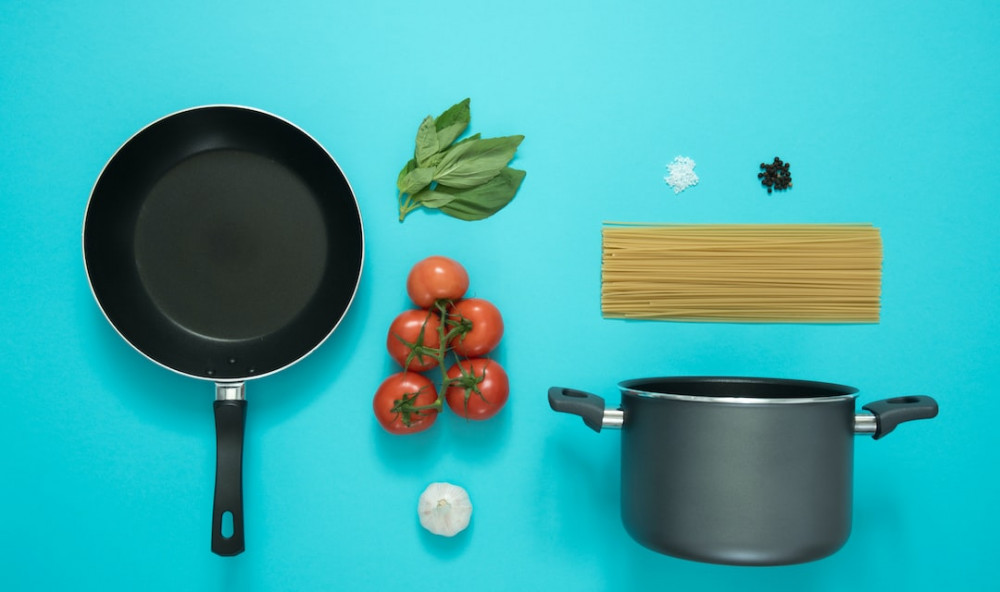






:max_bytes(150000):strip_icc()/kitchendoubleBasinsink-GettyImages-1098390260-420372a617b748d8a06491e6ad82d107.jpg)









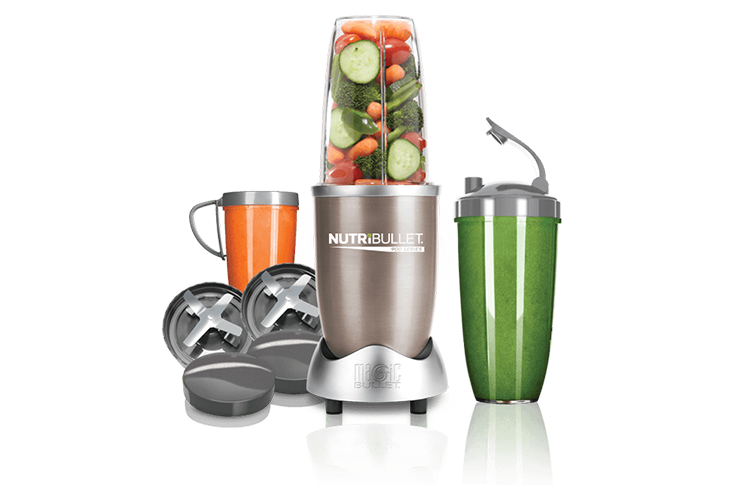







































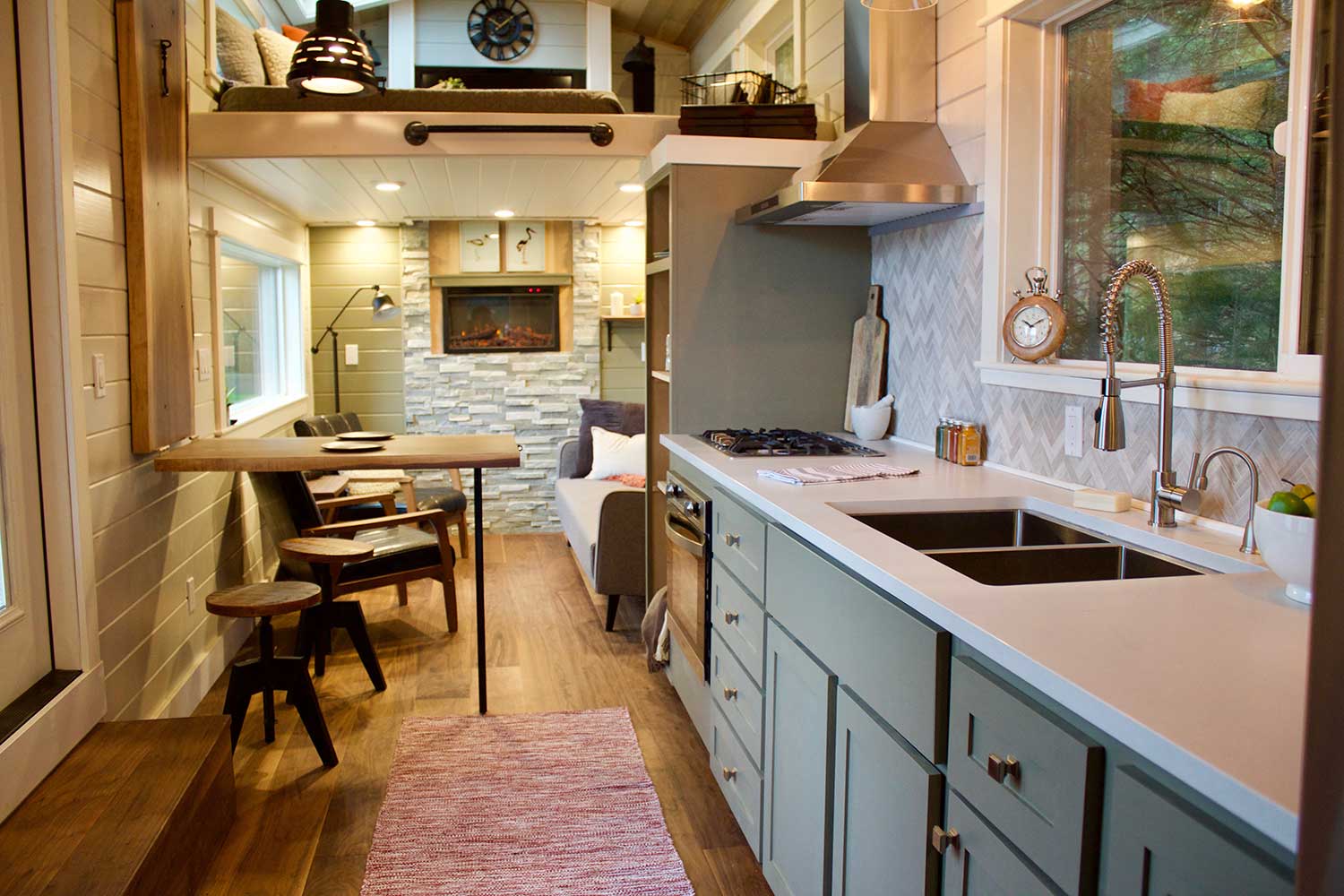













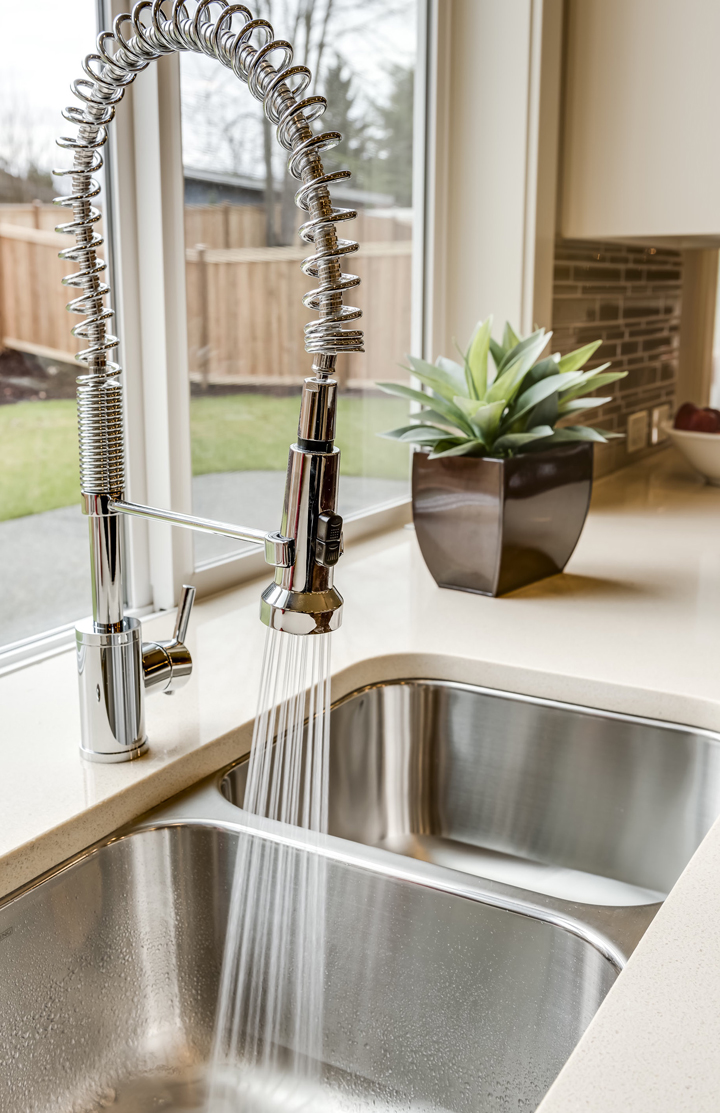






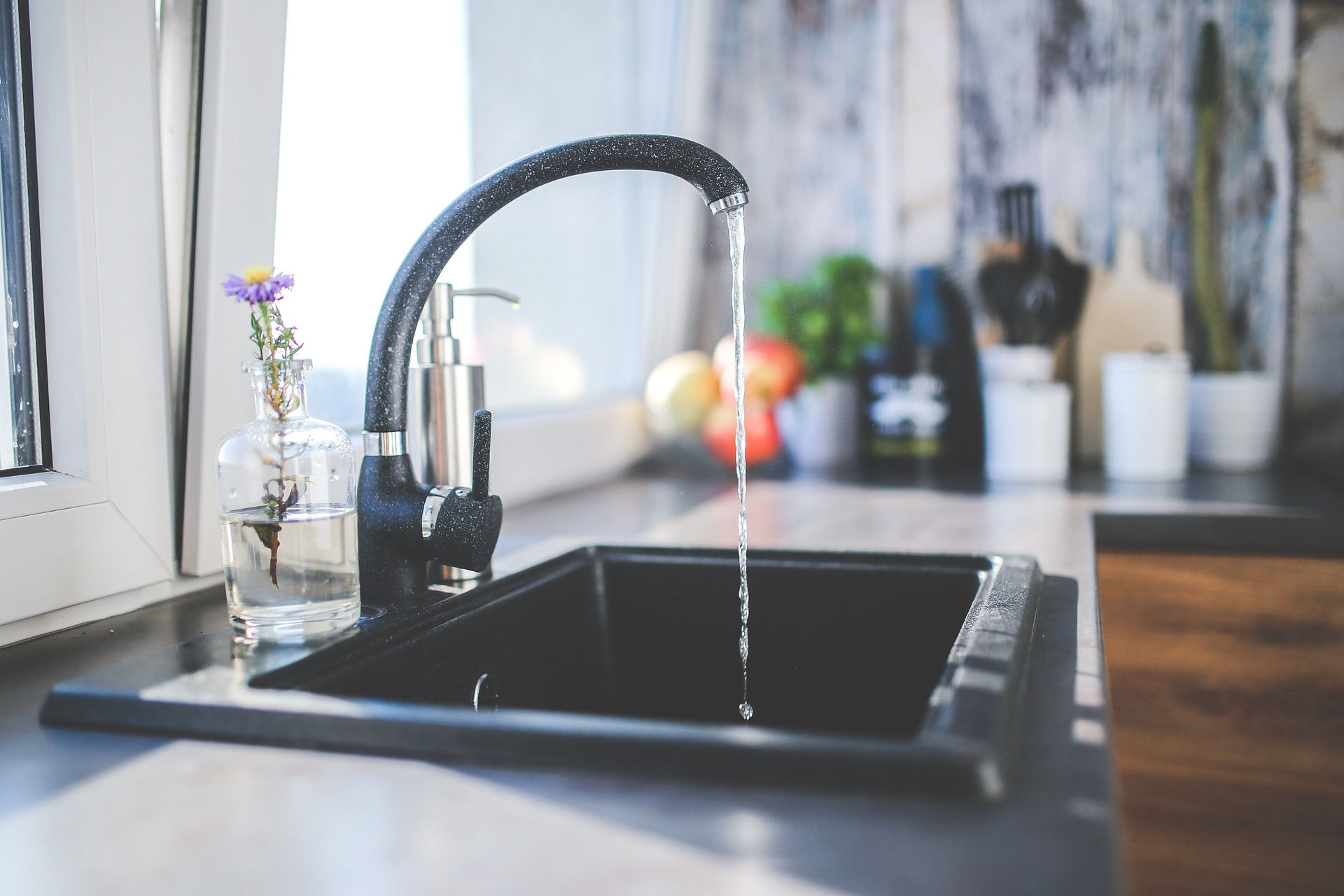


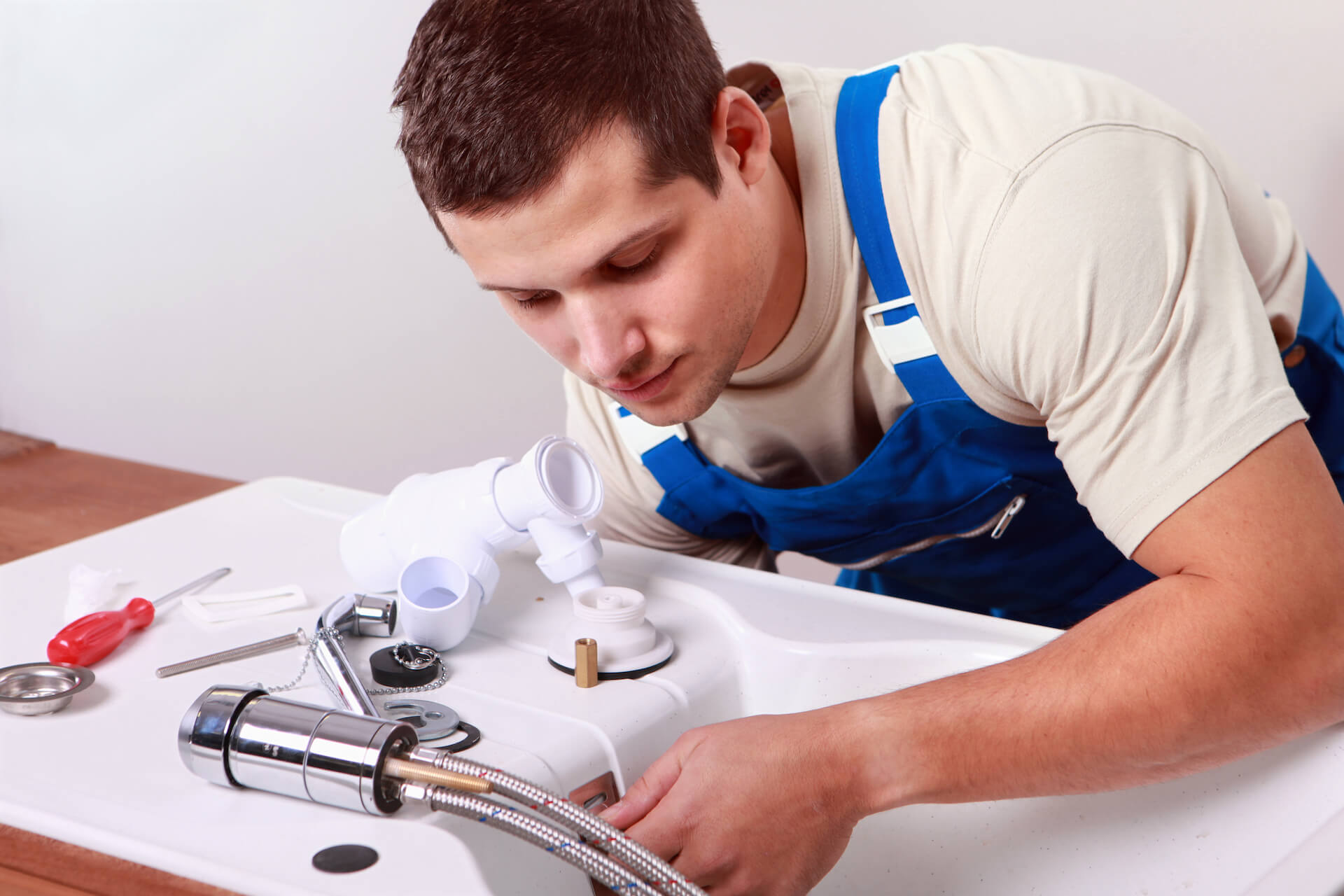






/how-to-install-a-sink-drain-2718789-hero-24e898006ed94c9593a2a268b57989a3.jpg)
